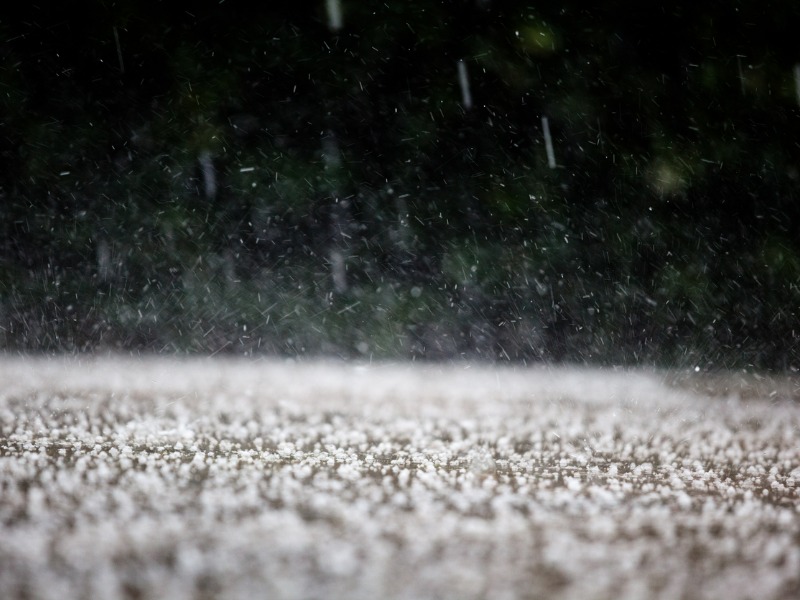After Calgary’s record-breaking storm, do homeowners have proper hail coverage?

This summer’s hailstorm that caused over $2.8 billion in damage across the city of Calgary helps raise the question: do homeowners have sufficient coverage for their risk?
“Most home insurance policies cover damage caused by hailstorms, however the extent of the coverage and what the policy covers can vary,” says Steven Harris, licensed insurance broker and LowestRates expert.
“As for business owners, commercial property insurance is one of the best ways to help protect businesses from losses related to hail damage.”
In south and central Alberta, Canada’s hail belt, extreme damages from hailstorm are not uncommon.
This year, Calgary’s August hailstorm saw $2.8 billion in damages, and insurers are processing more than 130,000 claims. That’s more claims than the whole of Canada saw last summer, even despite a record-breaking wildfire season in 2023.
What’s more, Alberta’s experienced five of the top 10 costliest disasters in Canadian history. And Calgary often bears the brunt, particularly when it comes to catastrophic hailstorms. Prior to the August event, hailstorms in 2020 and 2021 caused over $1.2 billion and $700 million in insured damages respectively.
What’s covered
Most comprehensive home insurance policies include coverage for hail. Regions with frequent hail events might see deductibles for hail damage, and some insurers might have limitations on claim settlements.
For example, outright replacement of a roof might not be covered, but the depreciated value of the roof might be, says LowestRates.
“In general, damage to the interior of your home will also be covered if hail created the opening. Coverage usually extends to damage caused by water or snow that entered the home as a result,” the rate aggregator says.
Additional living expenses would be covered under a comprehensive policy, as well as damage to contents, which is why it’s crucial insureds have an inventory of their belongings.
Vehicles with comprehensive coverage also have coverage for falling objects, but some policies exclude coverage for cosmetic damage.
In most cases, commercial policies provide hail damage coverage.
But policyholders would be wise to take steps to prevent hail damage in the first place, rather than relying on coverage that may not bear all the costs.
“Impact-resistant shingles and exterior coverings capable of withstanding hail-related damage can help greatly. Also consider installing permanent or temporary storm shutter systems to protect windows and other glass surfaces,” LowestRates says.
Feature image by iStock.com/slobo







